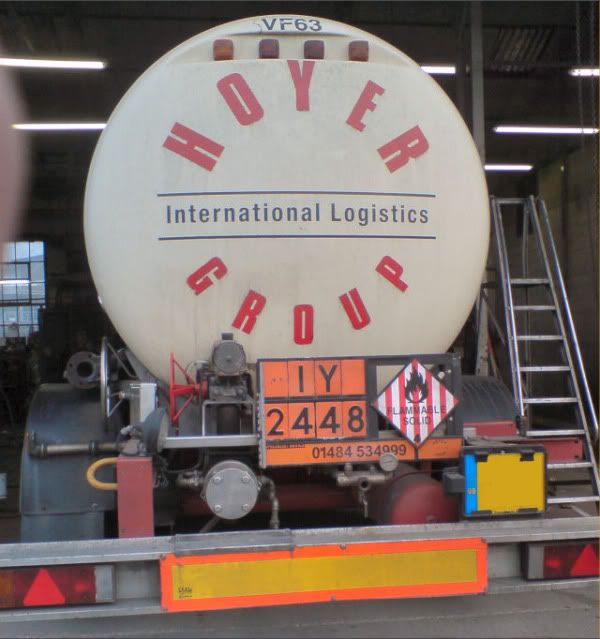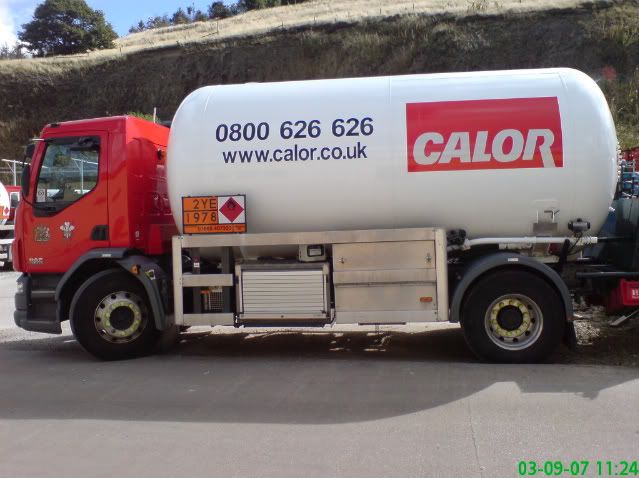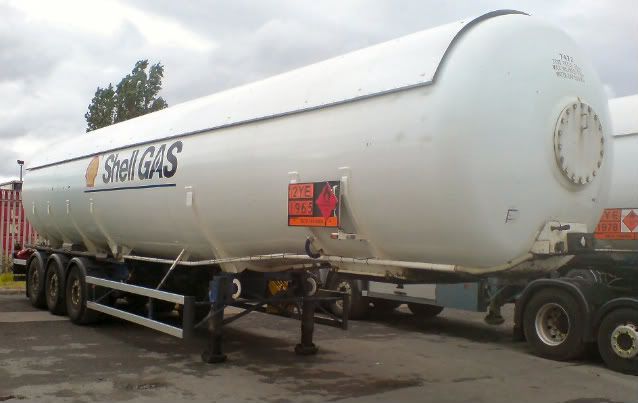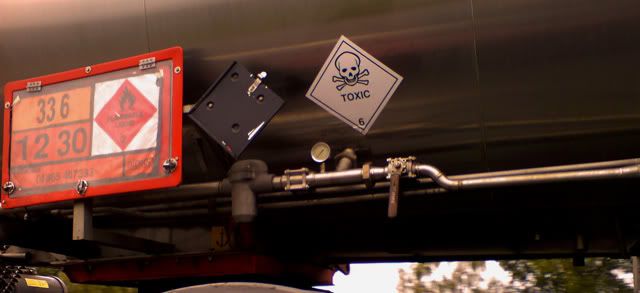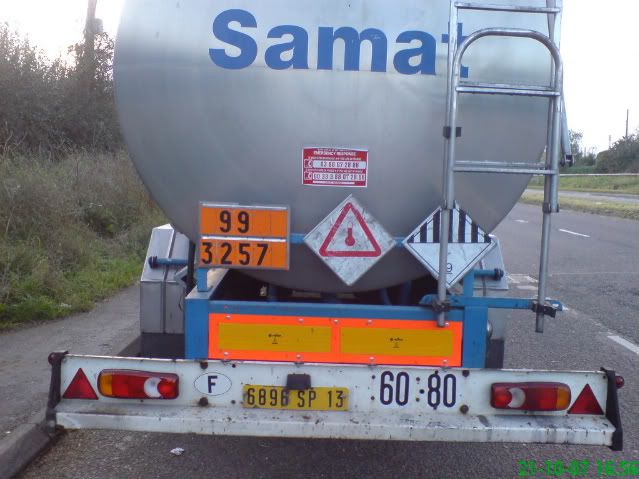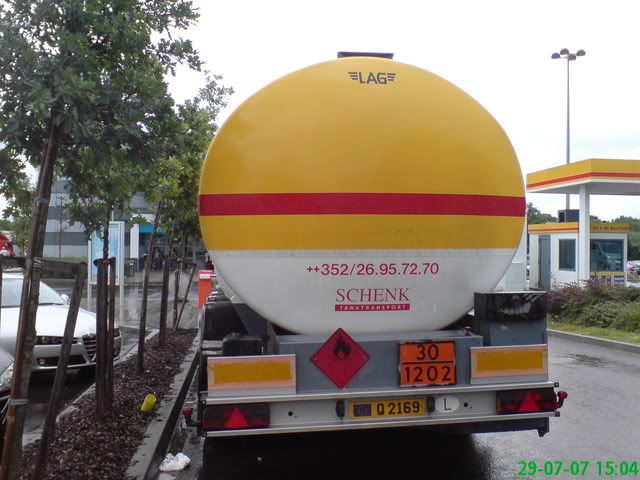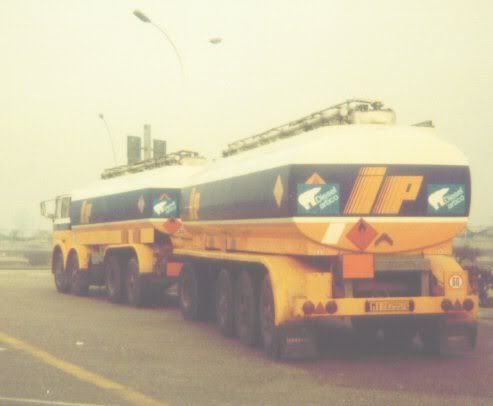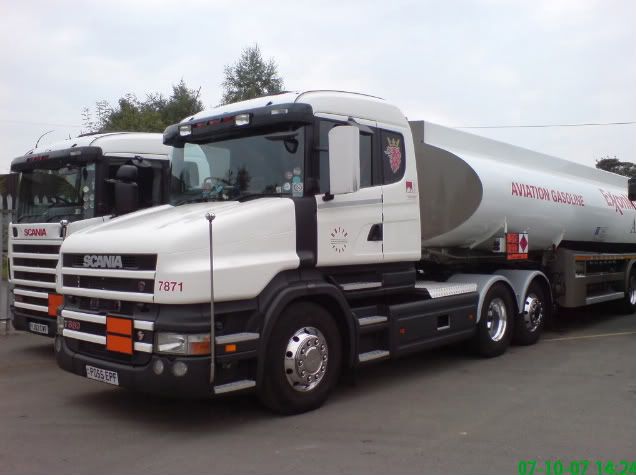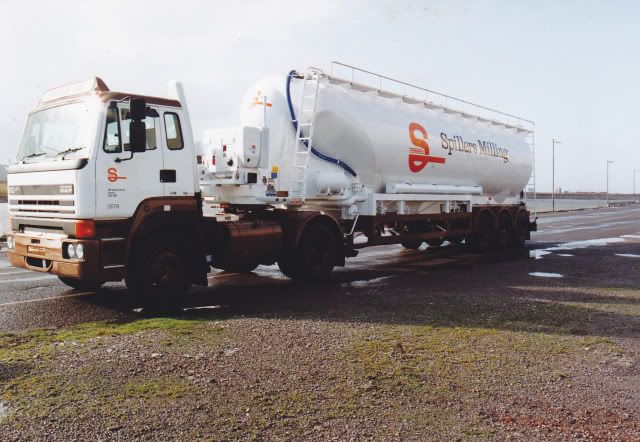Your Brotherton Chemicals pictures turned thi up John. You do the photos I will hunt down some history 
The Story of Edward Brotherton,
First Baron of Wakefield
A young man with plenty of imagination, ambition in abundance but no money, arrived in Wakefield in the mid 1800’s determined to turn around his fortunes. Edward Allen Brotherton was a Victorian success story, and entrepreneur from humble beginnings who was awarded a peerage two years before his death for his unstinting public service.
The Brothertons were a Manchester family involved in the textile trade and Edward, the eldest of six children, was born in the year that the Crimean War came to an end.
He knew that many chemical manufacturers were pouring away a fortune in ammonia by-products….but before embarking on this new venture, Edward needed financial backing.
With the help of this mother, he was introduced to relatives of the Brotherton family from Wakefield, the Dysons.
The Dysons agreed to back him to the tune of £3,000 and the new chemical company, the first in Wakefield, was opened under the name Dyson Sons & Brotherton on September 1, 1878, on Calder Vale Road. Edward Brotherton was just 22 years old.
For the first 5 years, Edward lived, as well as worked, on the site, getting up and out into the factory well before the arrival of the morning shift.
In 1893, Edward secured a contract from Birmingham Corporation for their gas liquor and spent iron oxide and he opened yet another chemical works.
A year later, the Brotherton Birmingham plant was nearing production when, at the Society of Chemical Industry dinner in Edinburgh, Edward met up with George Bielby, a businessman who had sold his process to manufacture cyanide, which used large quantities of ammonia, to the Cassel Company. This fortuitous meeting saw Edward engaged to supply ammonia liquor to the company, a relationship that eventually made Edward Brotherton an important shareholder in Cassels, afterwards deputy chairman and, on the death of George Bielby in 1927, chairman.
Brotherton and Company now began to expand in earnest as coal tar products began to be added to the company’s growing list of products. But the first chemical works at Calder Vale Road had not been forgotten in the expansion. New products required a forest of tall chimneys that dominated the skyline. And Edward, even with his numerous business interests across the north, was active in Wakefield’s social and political arenas. In 1902 he became mayor of the city, the same year winning a seat in parliament. He continued to represent Wakefield’s interests for eight years.
One of his public-spirited ideas to encourage saving among children led to savings books, each with an initial credit of one shilling, being given to 60,000 school children.
After the First World War, Edward had a special medal designed and presented it, along with a small amount of money, to soldiers who had suffered as prisoners of war.
His spiralling fortune evidently brought Edward great pleasure as he assumed the role of city benefactor, but his life was marred by tragedy. He married at the age of 27 when he was just beginning to expand his chemical empire, but a year later his young wife died in childbirth.











